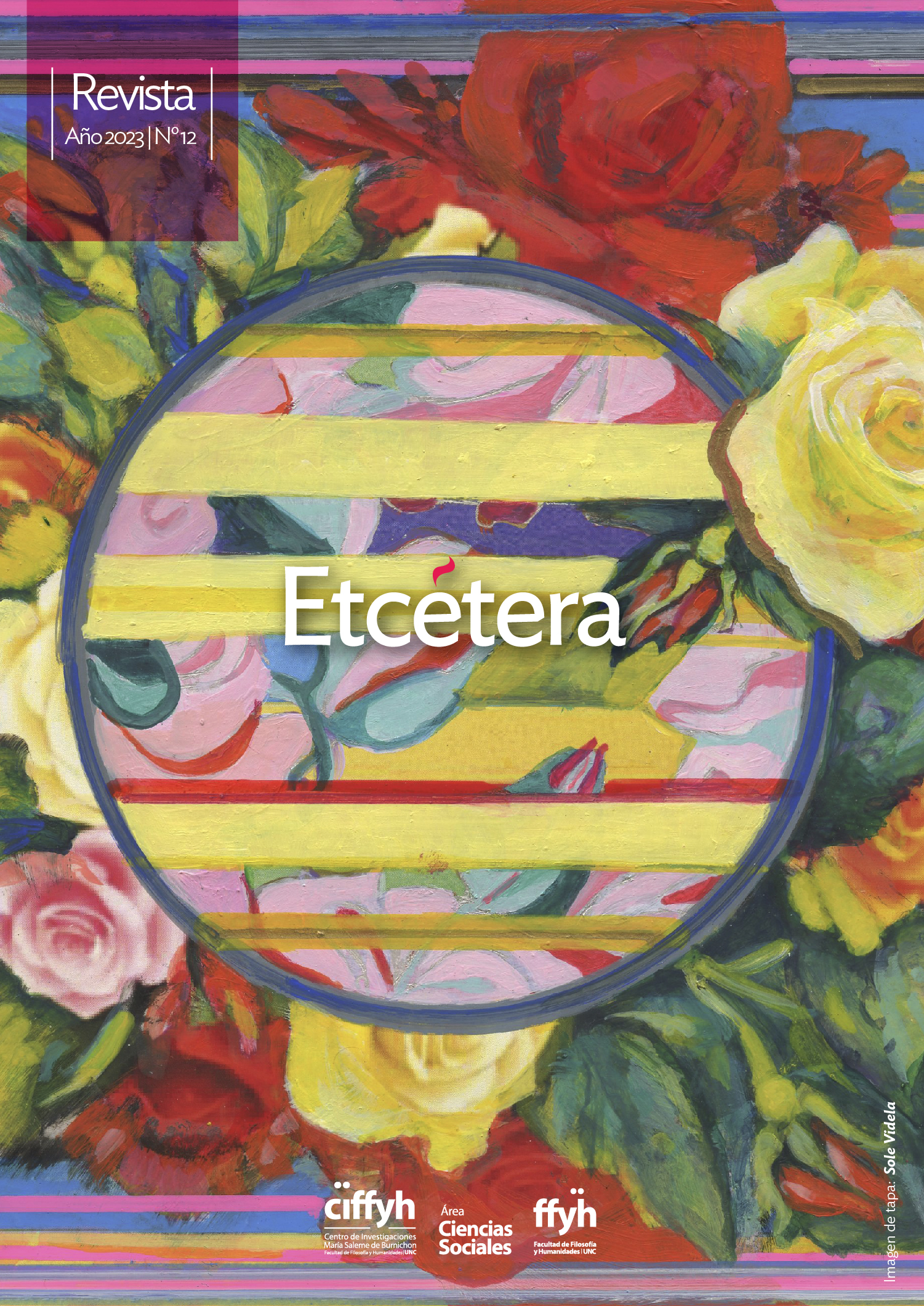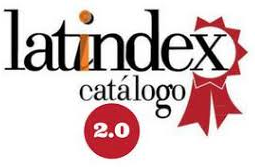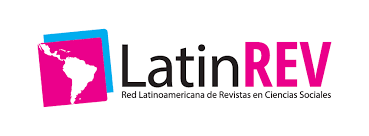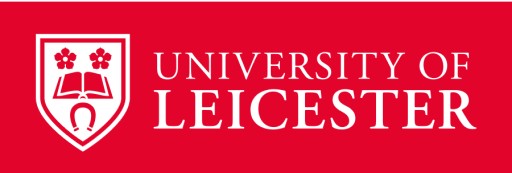#XMAP: In Plain Sight. Una cartografía colectiva y digital de la violencia no contabilizada
Dossier Intemperie: políticas de la voluntad y poéticas del cobijo
Palabras clave:
Centro de Detención, #XMAP, Capitalismo Extractivo, Vigilancia, Cartografía DigitalResumen
El capitalismo extractivo requiere una forma particular de gubernamentalidad que es corporativa, se apodera de los territorios y subsume la compleja lógica de las ecologías sociales para expandir su control representacional y material sobre la vida humana e inhumana. Este ensayo analiza primero la detención de migrantes como un régimen de creación racial que opera a través de las dinámicas entrelazadas del capitalismo extractivo y la guerra interna contra las poblaciones racializadas. El complejo industrial de seguridad fronteriza funciona como una industria extractiva que reorganiza el espacio y tiene un impacto directo en el territorio creando un paisaje industrial, construido desde y para la comodificación del desplazamiento humano. El 3-4 de julio del 2020, en el fin de semana del día de la independencia en los EEUU, los artistas visuales y de performance Cassils y rafa esparza presentaron un trabajo de arte activista creado en colaboración con 80 artistas para demandar la abolición del centro de detención y la cultura carcelaria de los Estados Unidos. Para ello, en un trayecto por la frontera marítima y terrestre del país, escribieron en vapor de agua mensajes creados por los artistas sobre más de 80 centros de detención, cortes migratorias, fronteras, campos de detención y otros lugares de genocidio y desposesión históricos. En la segunda parte, este ensayo explora cómo In Plain Sight utiliza el arte para exponer la formación colonial del espacio público y plantear, en un cielo convertido en escenario, nuevas políticas del espacio.
Descargas
Referencias
Agamben, G. (2005). State of exception. Chicago: University of Chicago Press.
Agamben, G. (1998). Homo Sacer. Sovereign power and bare life. Stanford: Stanford University Press.
Bastow, C. (7 de julio de 2020). In Plain Sight skywriting project targets US culture of incarceration: “We have a brief moment of clarity”. The Guardian. Londres. https://www.theguardian.com/artanddesign/2020/jul/07/in-plain-sight-skywriting-project-targets-us-culture-of-incarceration-we-have-a-brief-moment-of-clarity
Borderlands Autonomist Collective. (2012). Resisting the security-industrial complex. En: Loyd, J. y Mitchelson, M. (comps.), Beyond walls and cages: prisons, borders, and global crisis, pp. 190-208. Georgia: The University of Georgia Press.
Butler, J. (2017). Vulnerabilidad corporal, coalición y la política de la calle. Nómadas, vol. 46, pp. 13-29. Colombia: Departamento de Investigaciones de la Universidad Central. http://www.scielo.org.co/pdf/noma/n46/0121-7550-noma-46-00013.pdf
Davis, A. (2017). ¿Son obsoletas las prisiones? España: Bocavulvari Ediciones.
De Genova, N. (2004). The legal production of Mexican/migrant “illegality”. Latino Studies, núm. 2, pp. 160-185. Londres: Palgrave Macmillan. https://doi.org/10.1057/palgrave.lst.8600085
Gómez-Barris, M. (2017). The extractive zone. Social ecologies and decolonial perspectives. Durham y London: Duke University Press.
Kassie, E. (24 de septiembre de 2019). How the U.S. created the world’s largest immigrant detention system. The Marshall Project y The Guardian. Nueva York. https://www.themarshallproject.org/2019/09/24/detained
McKittrick, K. (2013). Plantation futures. Small Axe, vol. 17, núm. 3(42), pp. 1-15. EEUU: Duke University Press. https://doi.org/10.1215/07990537-2378892
Mirzoeff, N. (2020). Artificial vision, white space and racial surveillance capitalism. AI & Society, núm. 36, pp. 1295-1305. Springer. https://doi.org/10.1007/s00146-020-01095-8
Mirzoeff, N. (2016). El derecho a mirar. IC Revista Científica de Información y Comunicación, núm. 13, pp. 29-65. España: Universidad de Sevilla. https://icjournal-ojs.org/index.php/IC-Journal/article/view/358
Patler, C.; Sacha, J. y Branic, N. (2018). The black box within a black box: solitary confinement practices in a subset of U.S. immigrant detention facilities. Journal of Population Research, vol. 35, núm. 4, pp. 435-465. Springer. https://doi.org/10.1007/s12546-018-9209-8
Stenken, C. (2012). Detention and access to justice. En: Loyd, J. y Mitchelson, M. (comps.), Beyond walls and cages: prisons, borders, and global crisis, pp. 209-214. Georgia: The University of Georgia Press.
Struch, R. (2022) Activist performance on edge: spatial politics after the end of public space. Urban Geograohy, vol. 43, núm. 6, pp. 848-856. Inglaterra: Taylor & Francis. https://doi.org/10.1080/02723638.2022.2053427
Descargas
Publicado
Número
Sección
Licencia
Derechos de autor 2023 Etcétera. Revista del Área de Ciencias Sociales del CIFFyH

Esta obra está bajo una licencia internacional Creative Commons Atribución-NoComercial-CompartirIgual 4.0.
Aquellos autores/as que tengan publicaciones con esta revista, aceptan los términos siguientes:
- Los autores/as conservarán sus derechos de autor y garantizarán a la revista el derecho de primera publicación de su obra, el cuál estará simultáneamente sujeto a la Licencia de reconocimiento de Creative Commons que permite compartir, copiar, distribuir, ejecutar y comunicar públicamente la obra, siempre que: 1) se cite la autoría y la fuente original de su publicación (revista, editorial y URL de la obra); 2) no se use para fines comerciales; 3) En caso que se transforme o genere una obra derivada a partir de esta obra, deberá compartise bajo las mismas condiciones establecidas por esta licencia.
- Los autores/as podrán adoptar otros acuerdos de licencia no exclusiva de distribución de la versión de la obra publicada (p. ej.: depositarla en un archivo telemático institucional o publicarla en un volumen monográfico) siempre que se indique la publicación inicial en esta revista.
- Se permite y recomienda a los autores/as difundir su obra a través de Internet (p. ej.: en archivos telemáticos institucionales o en su página web) luego de la publicacion del articulo, lo cual puede producir intercambios interesantes y aumentar las citas de la obra publicada. (Véase El efecto del acceso abierto).
- El titular del copyright es Etcétera. Revista del Área de Ciencias Sociales del CIFFyH.



















